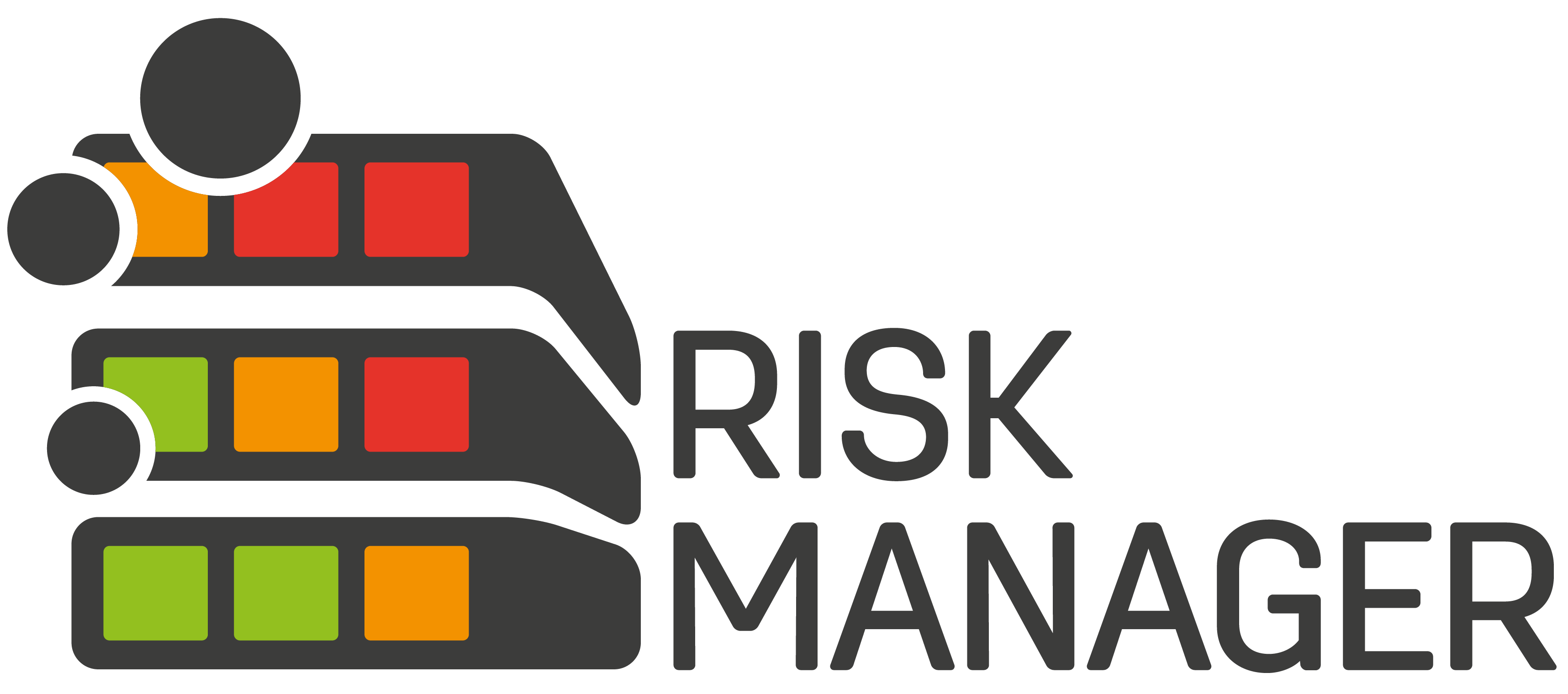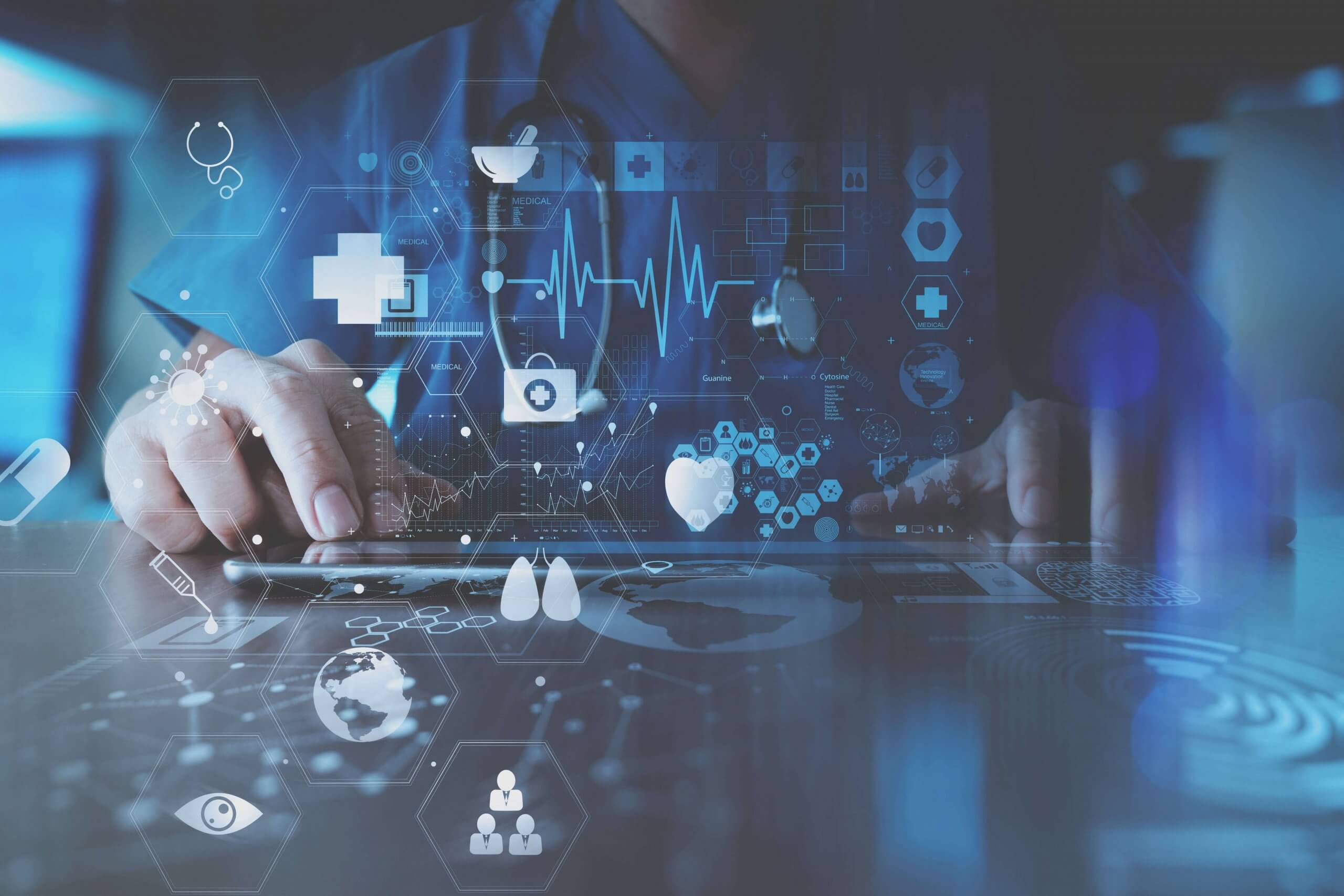The focus of risk management for medical devices is undoubtedly on the safety and health of patients and users. Every development therefore begins with a comprehensive analysis of possible risks, even before the first prototype is ready for demonstration. However, a well-documented risk analysis is not only indispensable for avoiding possible dangers for patients and users.
Identifying errors or unfeasible processes in production at an early stage optimises the product, saves time and thus reduces possible modification costs for manufacturers. It is important that the analysis covers the entire life cycle of the medical device and identifies all risks associated with use, maintenance and disposal. Only if all possible risks are prepared and documented in detail can a standard-compliant assessment of the risks be made.



